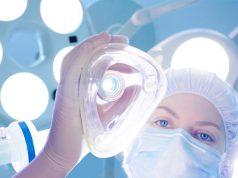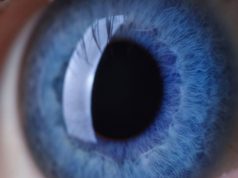Lasting reduction in esophageal acid reflux with LARS and esomeprazole; greater reduction with LARS
WEDNESDAY, May 4, 2016 (HealthDay News) — Laparoscopic antireflux surgery (LARS) and esomeprazole are both beneficial for patients with chronic gastroesophageal reflux disease (GERD), but surgery may have an edge, according to research published in the May issue of Clinical Gastroenterology and Hepatology.
Jan G. Hatlebakk, M.D., Ph.D., from the Haukeland University Hospital in Bergen, Norway, and colleagues examined data from a prospective trial to compare the efficacy and safety of LARS (116 patients) versus esomeprazole (20 or 40 mg/day; 151 patients) over five years. Ambulatory intraesophageal and intragastric 24-hour pH monitoring data were compared before the start of treatment and six months and five years later.
The researchers found that the median 24-hour esophageal acid exposure was 8.6 percent at baseline and 0.7 percent after six months and five years (P < 0.001 versus baseline) in the LARS group. The corresponding values were 8.8, 2.1, and 1.9 percent in the esomeprazole group (P < 0.001 for therapy versus baseline and for LARS versus esomeprazole). In both groups, gastric acidity was stable. More severe supine reflux at baseline was seen in patients who required a dose increase to 40 mg/day esomeprazole; after dose escalation, they also had decreased esophageal acid exposure (P < 0.02) and gastric acidity.
“Esophageal acid reflux was reduced greatly by LARS or esomeprazole therapy,” the authors write. “However, patients receiving LARS had significantly greater reductions in 24-hour esophageal acid exposure after six months and five years.”
Several authors disclosed financial ties to pharmaceutical companies, including AstraZeneca, which manufactures esomeprazole and funded the study.
Copyright © 2016 HealthDay. All rights reserved.








